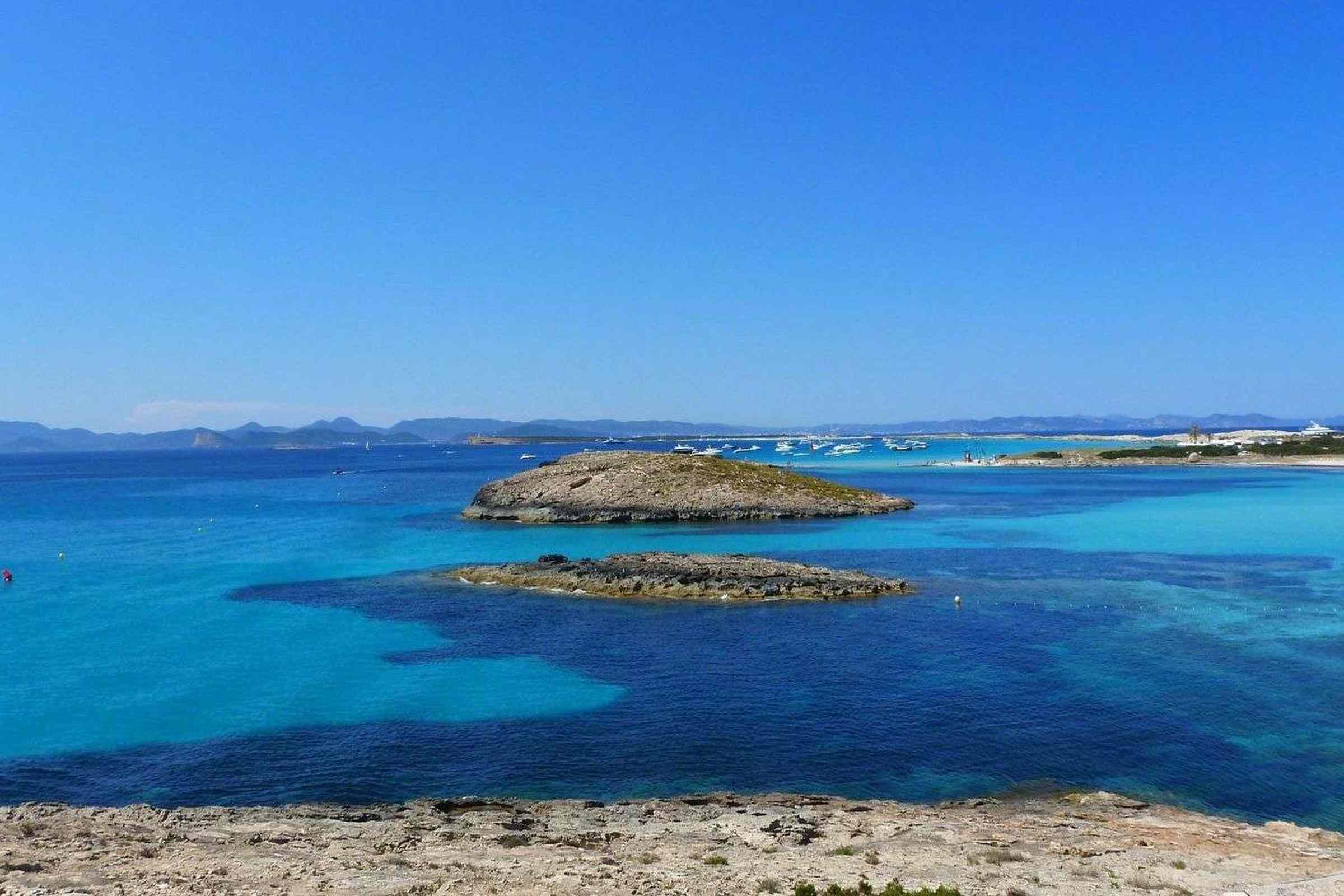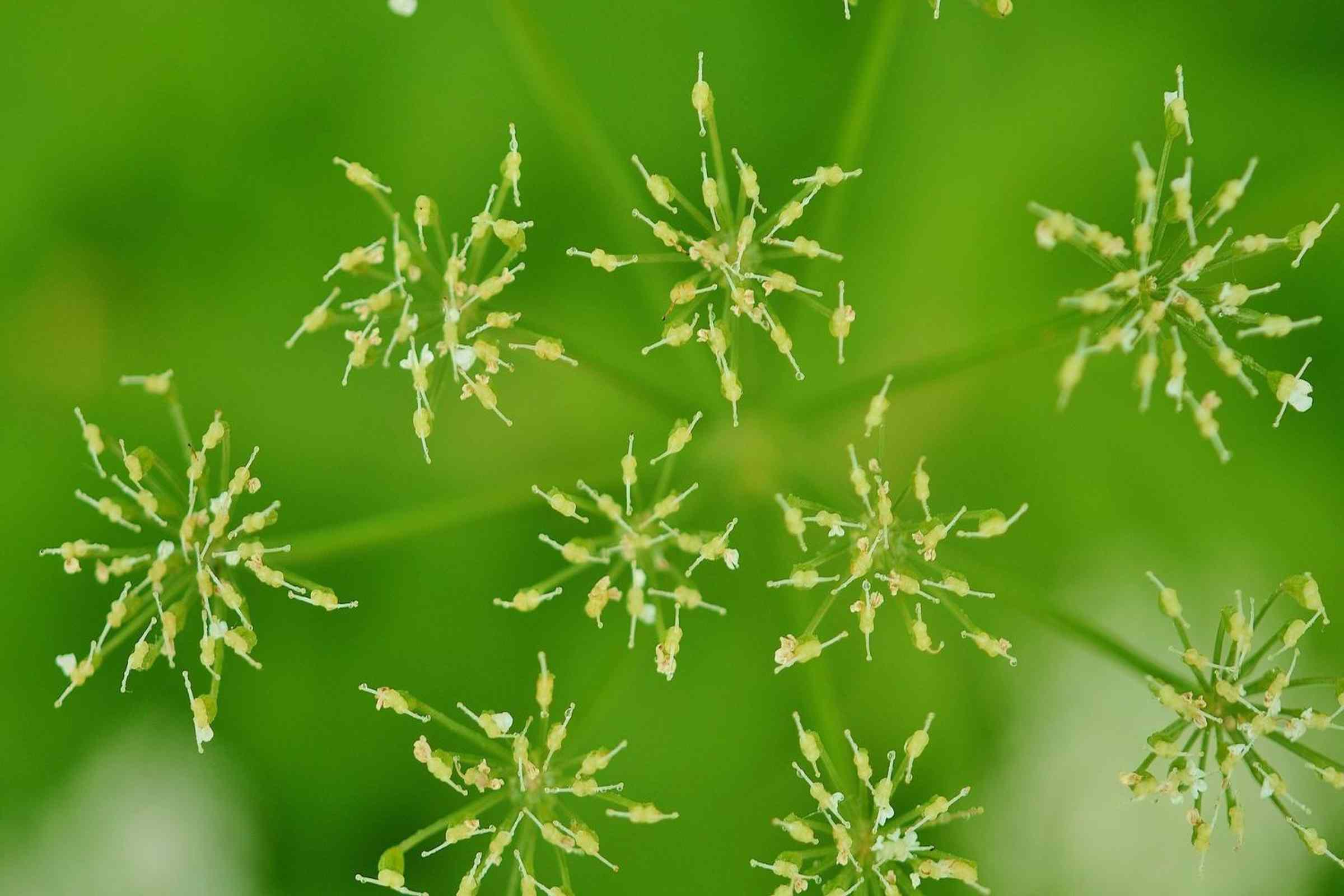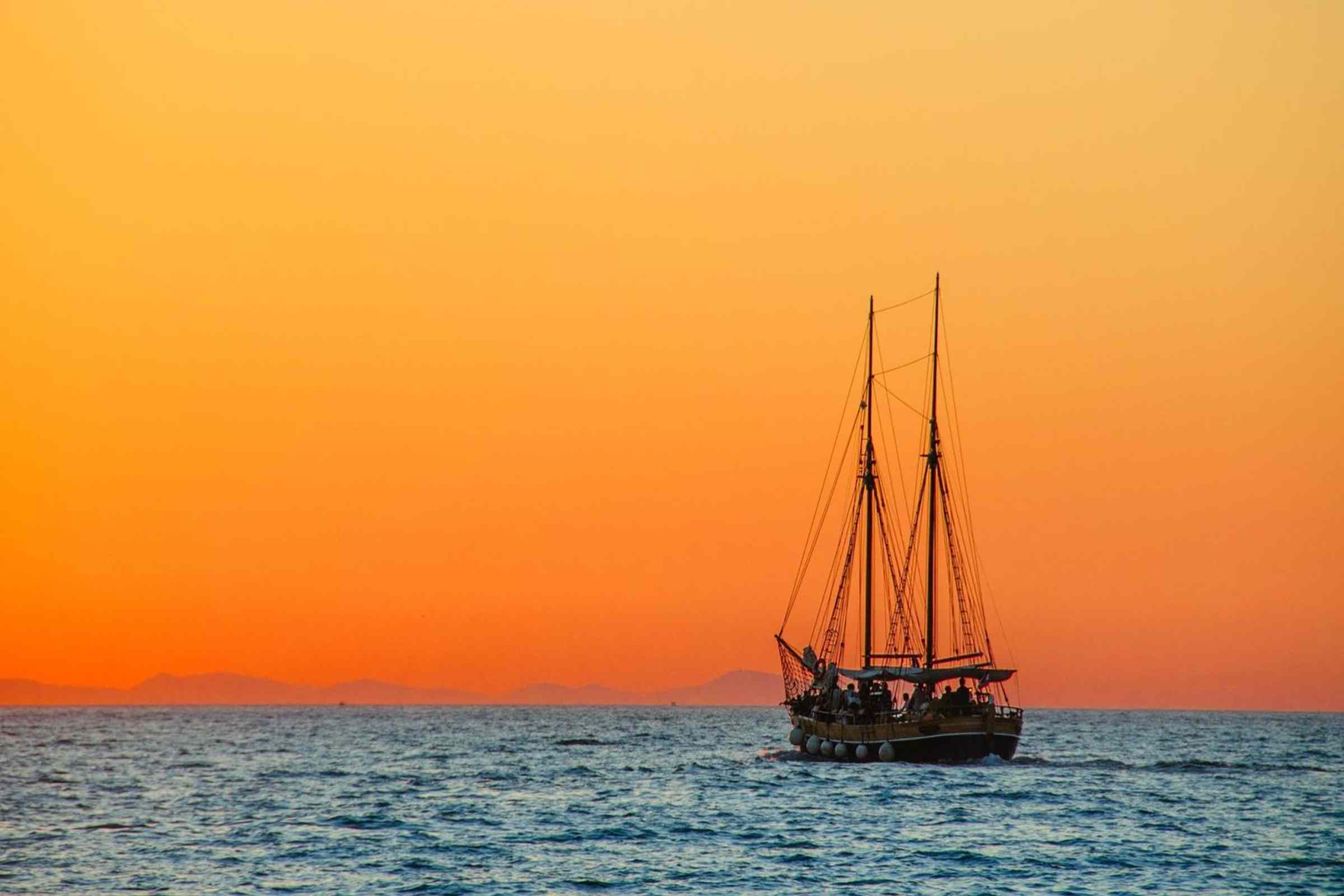Get details on Rugby Packages and Rugby Tickets.
EURO 2024 Qualifiers – 2 Nights Trip to Amsterdam
Netherlands v Ireland Away Match, 17 to 19 Nov 2023, 2 Nights Trip
Six Nations Rugby 2023 – Trip To Rome
Ireland Away Matches with Return charter flight from Dublin to Rome
Latest Packages
Contact Us
747 Travel
First Floor,
82 Aungier Street,
Dublin 2, Ireland
Tel: 01 475 70 70
Mobile: 086 8111747
82 Aungier Street,
Dublin 2, Ireland
Tel: 01 475 70 70
Mobile: 086 8111747
Copyright © 1971 - | All Rights Reserved | 747Travel | Powered by: Sancoale Technologies

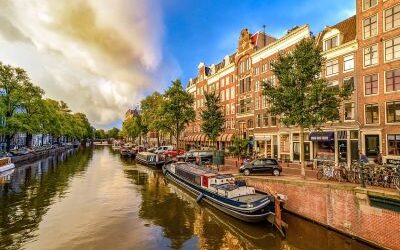
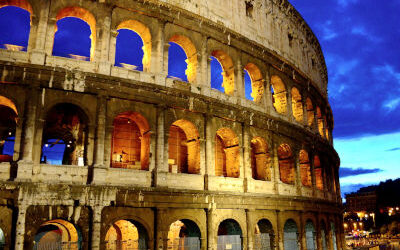
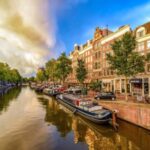
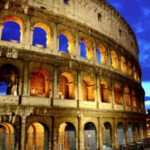

 Y0001
Y0001
 36247864
36247864

